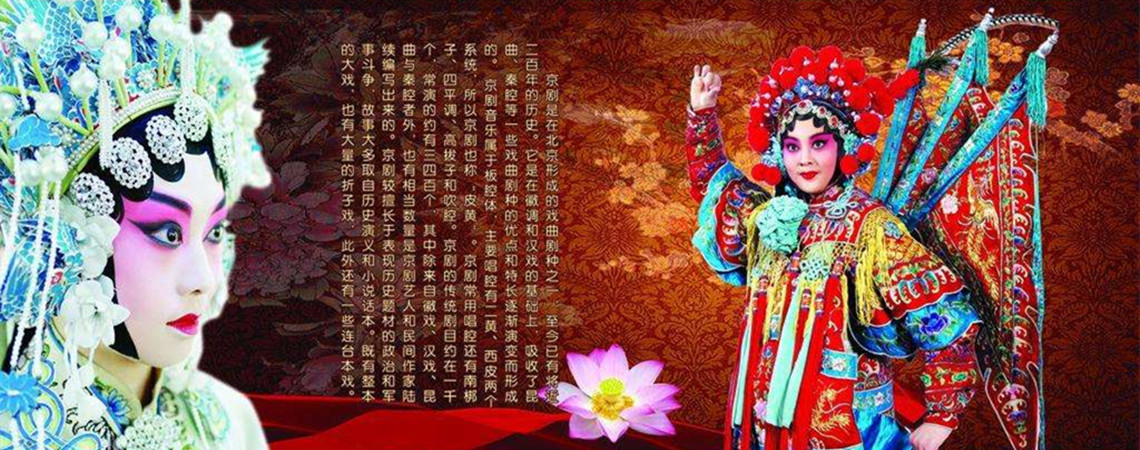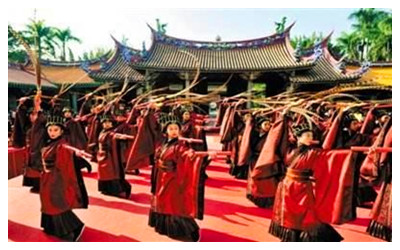Skype: neodalle-travel
Tel: +86 135 7447 2266
E-mail: sales@visitaroundchina.com

 Yayue Dance, a royal court dance in ancient China, which was a form of music and dance performed in ceremonies such as the sacrifice of heaven and earth, ancestors and gods, and the wish for a good weather and harvest.
Yayue Dance, a royal court dance in ancient China, which was a form of music and dance performed in ceremonies such as the sacrifice of heaven and earth, ancestors and gods, and the wish for a good weather and harvest.
After Chinese dance entered the civilized society from the primitive times, its development accelerated and got matured quickly The "Yayue" (elegant music) system established in the early Western Zhou Dynasty was a milestone marking maturity of the Chinese dance Culture.
This part of music and dance is the so-called Yayue (elegant music) or Yawu (elegant dance), which would remain the chief part of Chinese music and dance Culture. Although it experienced ups and downs in the following feudal society spanning thousands of years, it always represented the orthodox trend of music and dance. The chief content of the dance for Yayue was the "Six Major Dances", or the "Six-Dynasty Dances", which represented six dynasties.
The first dance was said to be the "Yunmen" (also called "Yunmen Dajuan", "Xianchi" or "Chengyun") and it originated from the legendary ancient Emperor Huangdi. The following parts were the "Dazhang" (or "Daxian") from the Emperor Yao, the "Dashao" (or "Dazhao") from the Emperor Shun, and the "Daxia" (or "Xiayue") from Emperor Yu of the Xia Dynasty, and the "Dahuo" (also called "Sanglin") from Emperor Tang of the Shang Dynasty. The last dance was "Dawu" on a realistic Subject, which reflected the achievements of Emperor Wu who overthrew Emperor Zhou of the Shang Dynasty and set up the Zhou Dynasty.
These dances disappeared long ago and it's impossible now to find their details. But still, from various legends about these dances, we can guess some basic elements of them.
Except for these Six Major Dances, the Elegant Music of the Zhou Dynasty also included "Six Minor Dances", namely, "Fu Dance", "Yu Dance", "Huang Dance", "Mao Dance","Gan Dance", and "Ren Dance". Just as the Six Major Dances, the Six Minor Dances were also composed for educating young nobles and formed an important part of the music education.
The Yayue Dance continued until the Qing Dynasty. Up to the present, Japan, South Korea, and some countries of Southeast Asia have still preserved the Yayue Dance from mainland China. Yayue Dance which has spread to South Korea was recognized as a “World Cultural Heritage” by UNESCO in1995.
The Confucius Temple in Qufu of Shandong Province in China still uses Yayue Dance to worship Confucius, which is one of the tourism projects. Yayue Dance has been circulating in the world for more than 3,000 years, but due to its rigidity, it has only become a sacrificial ritual. Without artistic appeal and appreciation value, it is not welcomed by people.
 Ask Questions ?
Ask Questions ?